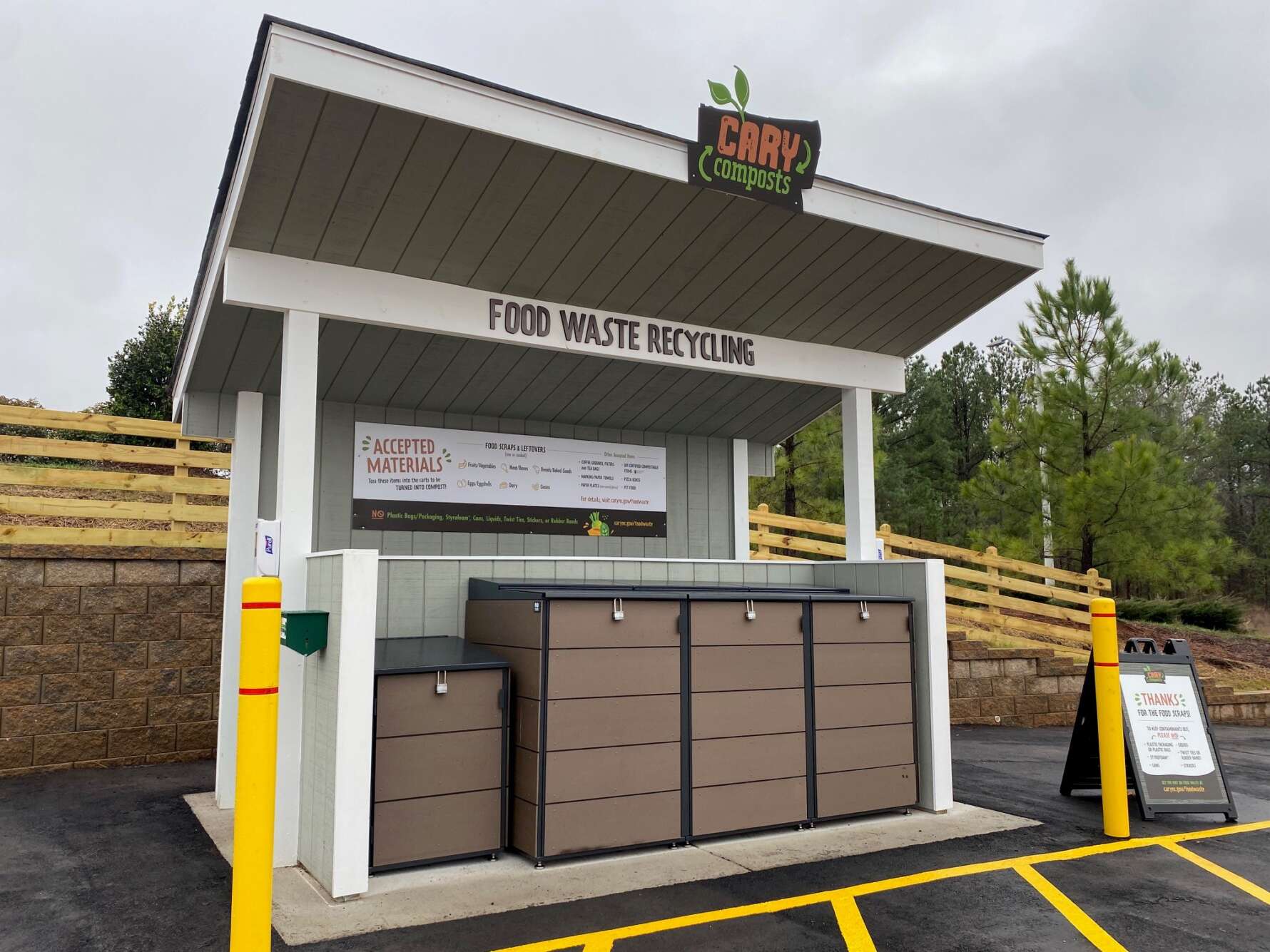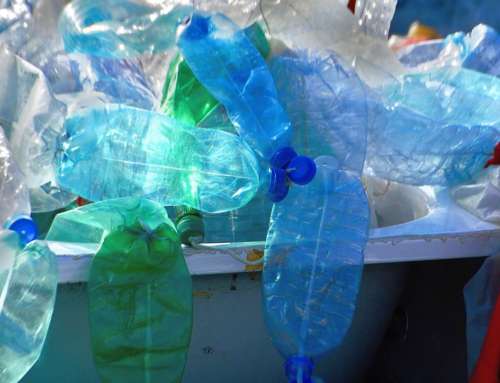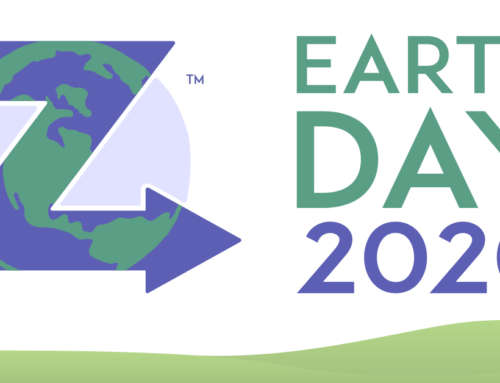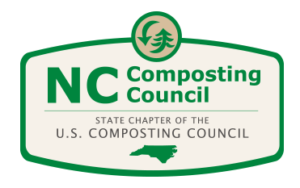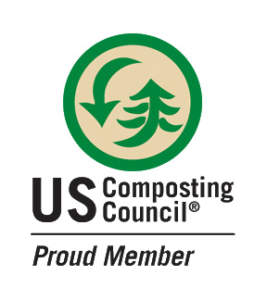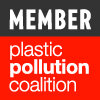What is your 2 degree transition plan?
What is your 2 degree transition plan?
Written By
What is your 2 degree transition plan?
By: Liz Adams

This blog was originally published on Medium.
Are you prepared to pay astronomical health, restoration and recovery bills after a flash flood? These maps showing cumulative rainfall from Hurricane Florence show the risk! Reconstruction costs due to flash floods and storm surge will be astronomical according to Core Logic, also see their storm surge report. If ripping out drywall and flooring after a flood isn’t what you want to experience, start working on a healthy transition plan! We need to achieve net-zero emissions by mid-century. Let’s get to work, join me to investigate how!
Divest-Invest: Divestment is a democratic tool for climate action. There are institutions that we have influence on, even if we don’t have personal retirement plans or portfolios. You can ask your faith group, your town, and businesses in your community to divest from fossil fuels and invest in clean energy. It is about changing systems. End the flow of money to industries that are destroying the future for everyone and move that money into distributed and renewable energy solutions. See the report by As You Sow — 2020: A Clear Vision for Paris Compliant Shareholder Engagement. You can divest an entire section of your portfolio and stop funding polluting industries. Ask your Senator to support Senator Elizabeth Warren’s Climate Risk Disclosure Act to bring climate transparency to investors.
Electrify Everything: Transportation, buildings and industry and supply that electricity using100% Clean Renewable Energy, see the Solutions Project! No access to a subscription for community solar panels or wind farms? Sign up for free renewable energy credit offsets for 50% of your power bill from Arcadia Power.
Track your Utility bills and GHG emissions using Wegowise or Energy Star Portfolio Manager. Look for Energy Star Scores at any commercial, office, or apartment buildings that you visit and take tours that highlight energy efficiency and wellness innovations.
Explore your exposure to PM2.5 pollution by wearing an Airbeam monitor and visualizing it on an aircasting map. The burning of fossil fuels in power plants and vehicles is the primary source of this particle pollution. Either we track down and reduce the largest emitters, or we will pay for the health care costs associated with these invisible but deadly pollutants. Google and Aclima are creating hyper-local air quality maps of cities that show pollution varies up to 5X on a single street! High resolution satellites are also providing real-time maps of PM2.5 aerosol concentrations in the US.
Charge ahead by riding in an electric vehicle (cars, bus, truck) and use ChargePoint Maps to direct you to the closest charging station. ChargePoint has committed to provide 2.5 million stations by 2025. Ask your workplace if they are ready! Compare the GHG emissions of electric versus gasoline vehicles using a calculator from the Union of Concerned Scientists. Try alternative transportation options such as Go-Triangle’s Electric Bus. The reduction in pollution from switching from gasoline to electric vehicles results in health benefits that are enormous!
Try ditching fossil fuels usage at home by switching from a gasoline powered lawn mower to an electric battery operated lawn mower and reduce your exposure to PM2.5 pollution. Purchase Energy Star Appliances, including induction cook stoves, tankless water heaters, electric vehicles, and HVACs powered by heat pumps.
Investigate! Set up an alert for your water consumption using Town of Cary Aquastar, or install a water monitor to prevent leaks and to track patterns in your household water usage. Invest in an energy audit of your home, and follow their recommendations for cost-effective upgrades. Learn how to use Internet of Things (IoT) devices such as Nest Connected Home that help reduce costs and identify problems before they become severe.
VOTE for Change and for investments in resilient infrastructure for all communities! Support the Sierra Club’s Political Program!
Efficiency — Ask your town to implement the Well Certified Building Standard for new buildings!
About the Author:

Liz Adams is a Research Associate at the Center for Environmental Modeling for Policy Development at UNC with a M.S.P.H. in Environmental Science, University of North Carolina (1993), a M.S. in Chemistry, University of North Carolina (1989) and a B.S. in Chemistry, State University of New York, Stony Brook (1987). Her professional focus is air quality modeling and her research focuses on air quality modeling, evaluation and visualization and providing support for CMAS Center applications including CMAQ, AMET and VERDI. She is an active member of the Black Creek Watershed Association, AMS, the Sierra Club and served on the Town of Cary Environmental Advisory Board July 2008-2013. You can follow her blog on Medium here.





